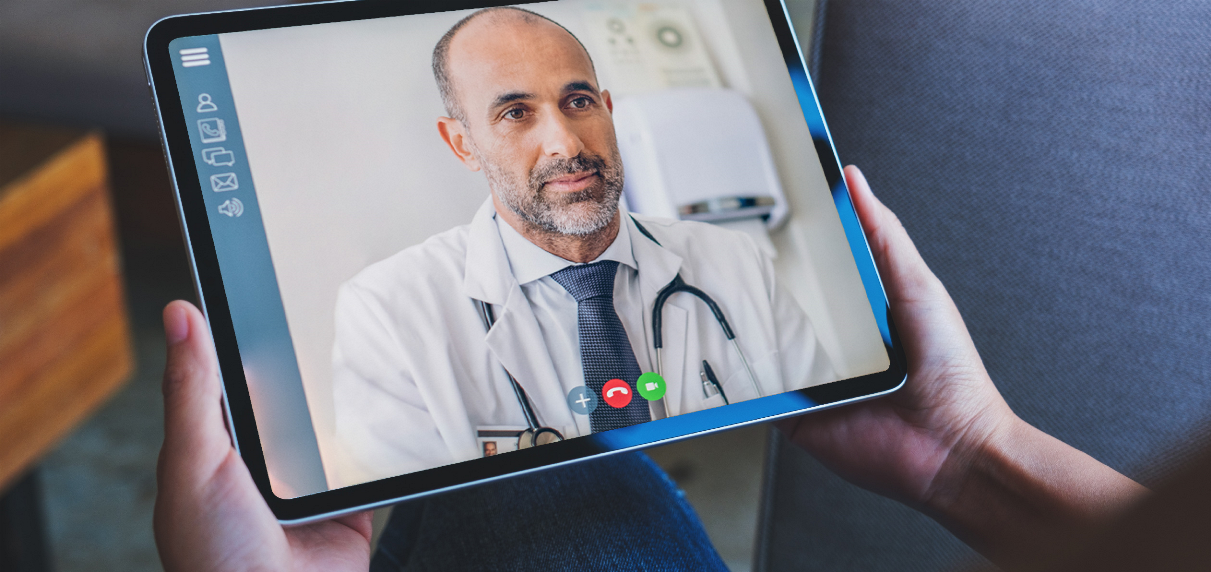
This safer and more suitable substitute to conventional in-person models of care has been gaining momentum in recent decades and have witnessed a leap as governments tried to combat the spread of COVID-19 and flatten the curve around the world. Similarly, our Kingdom represented by the Ministry of Health (MOH) introduced several forms of telemedicine as alternatives to face-to-face consultations in clinical settings. More than 19 mobile apps have been released including : Seha, Mawid, Tawakklna, Tabaud, and Tetamman among others, in order to provide web-based health services to smartphone users, who constitute 96% of the population.
Another key initiative to improve health care access for those without an internet connection was the establishment of 937—a free, confidential telephone service that provides medical and administrative health care services at any time.. Awareness went up from 46% Before, reaching 78% during the pandemic, while the utilization increased from 42% to 48%. This further points out to the evolution of the healthcare sector with Saudi Vision 2030’s goals to provide world-class services and create a healthy and vibrant society.
Telemedicine has improved access to care for a wide variety of clinical conditions ranging from stroke to pregnancy. It helped to overcome geographic barriers by connecting patients in remote or underserved areas with healthcare providers miles away, reduce the burden of travel and increase access to care for patients who might otherwise face challenges in accessing medical care, due to age or disability. Another advantage that telemedicine provides is cost savings aspect, by eliminating the need for patients to travel to clinics or hospitals, telemedicine can significantly reduce transportation costs. Moreover, it can help to reduce the overall cost of healthcare by enabling providers to deliver care more efficiently, reducing the need for in-person visits and hospitalizations.
There are four types of telehealth services: Synchronous in which patients and caregivers easily connect with doctors online. Asynchronous in which a patient’s medical history including X-rays pictures and other digital data is transfers to doctors. Remote Patient Monitoring (RPM) is the artificial technology and high-tech devices used for patients with chronic conditions allowing doctors to provide the care they need on a regular basis. And Mobile Health which utilizes smart devices and apps to encourage healthier lifestyle behaviors.
Some of the challenges facing telemedicine include reliable and secure digital infrastructure to support telemedicine services. This includes high-speed internet connectivity, secure data transfer protocols, and robust cybersecurity measures to protect patient data. Telemedicine has the potential to revolutionize healthcare, but it is important to for healthcare providers and policy makers to address the challenges standing in the way. That is why EMA is committed to utilizing the latest technologies in the field and working to support Saudi’s goals by working with its global partners to introduce the best solutions in the Kingdom.